Peripheral nerve injury is classified as damage to a nerve and its surrounding area without affecting the spinal cord column, or the root which the peripheral nerve stems from. With the damage to peripheral nerves, it is usually just a select area or muscle group which will be affected, rather than the large areas or whole limbs being affected often seen in spinal cord damage.
The nerves can be damaged in many ways, from wounds which can sever nerve pathways, fractures which damage the nerves which wrap around the different bones of the body or even nerves which are damaged during surgery. Peripheral nerves have the ability to regenerate, unlike those at the spinal cord, meaning that any numbness or weakness experienced after PNI is likely to completely resolve.
When your nerves are injured, depending on the depth of the injury, you could experience two different symptoms. The most peripheral nerve route is the sensory aspect of the nerve. This is the nerve which allows you to feel different objects touching your skin. Its the nerve most susceptible to damage, because its locations and being compromised. For example if you kneel for too long you may get ‘pins and needles’ or numbness in leg. This is when the nerves are starved of oxygen or blood flow. You will get a similar sensation when a peripheral nerve is damaged, varying in intensity and correlating to the severity of damage.
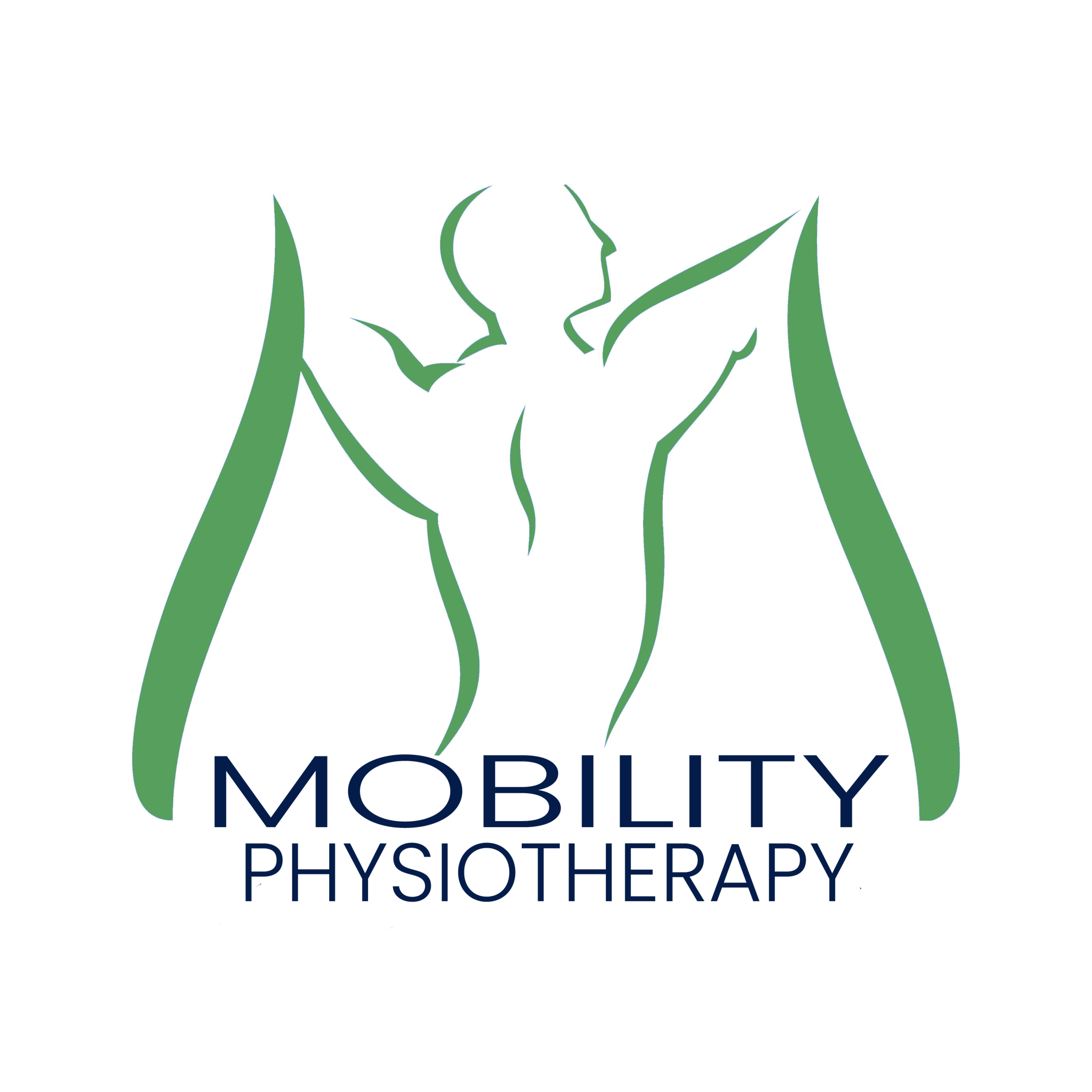
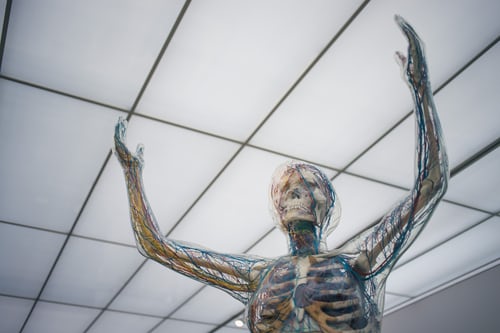
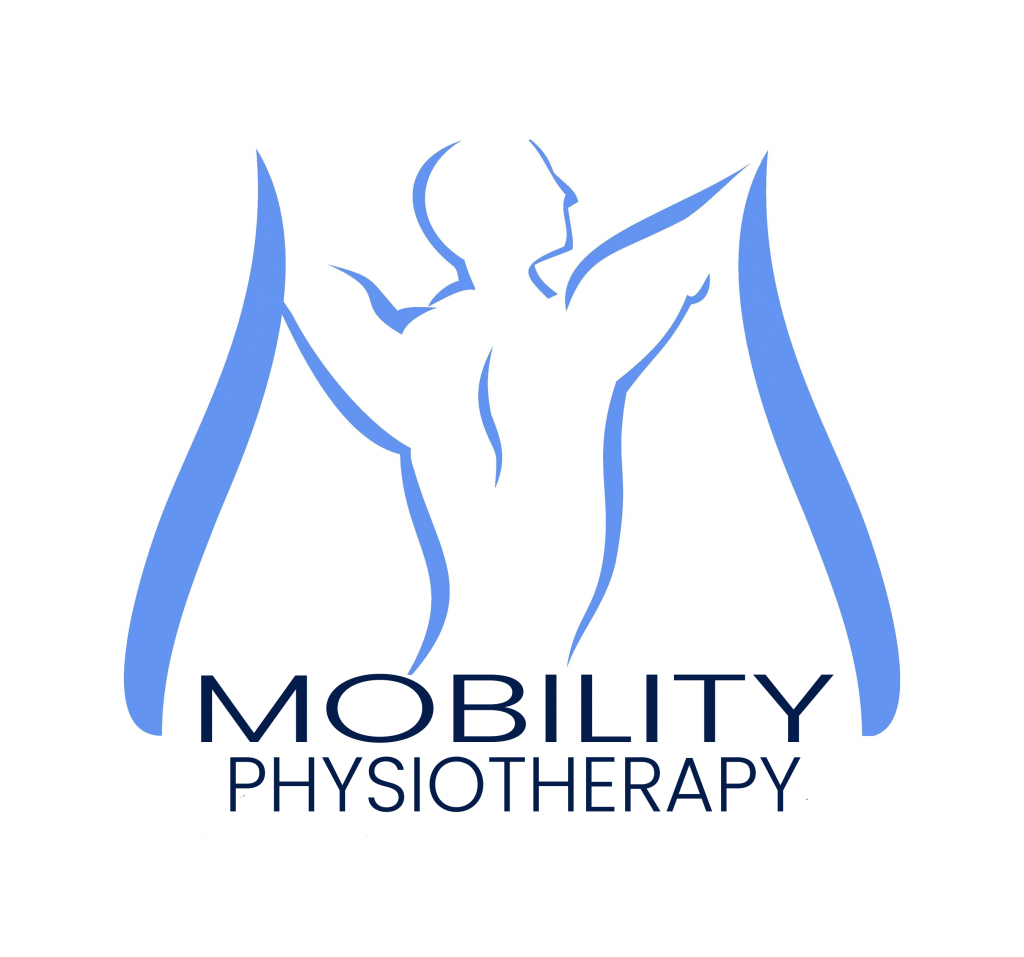
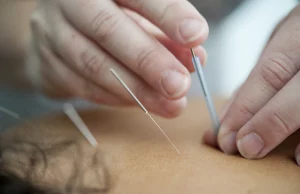

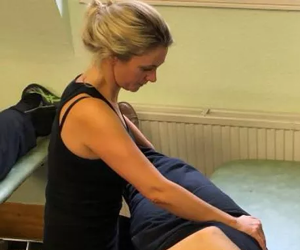
 This page contains the current position that Mobility Physiotherapy Limited is taking based on the latest government and our professional body guidance to ensure the health and safety of our patients.
This page contains the current position that Mobility Physiotherapy Limited is taking based on the latest government and our professional body guidance to ensure the health and safety of our patients.




